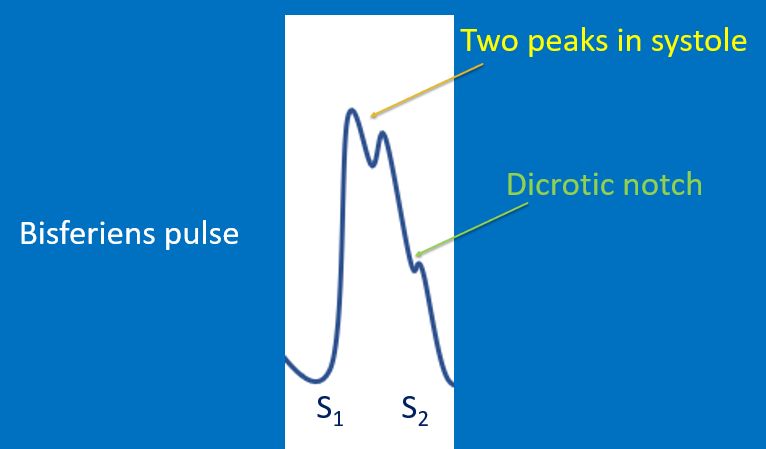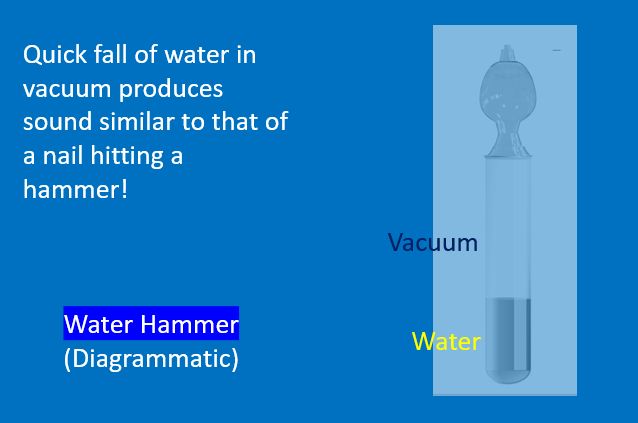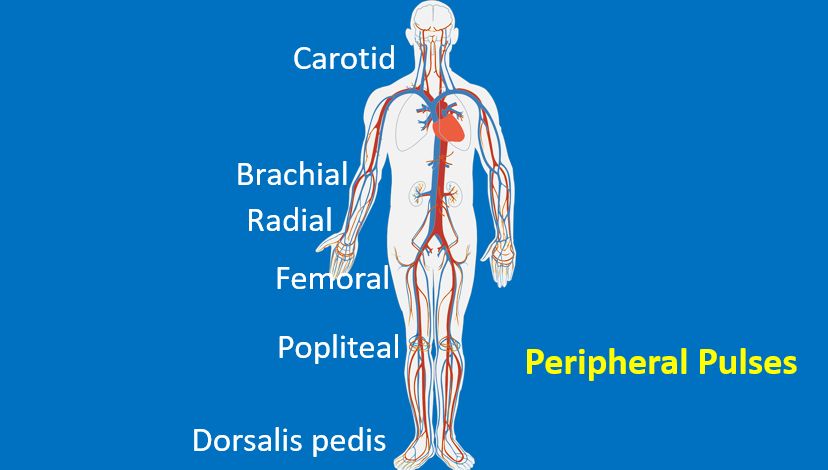Examination of the pulse
Examination of the pulse
Though the most commonly examined pulse is the radial, to check some of the characteristics, a more proximal pulse like the brachial or carotid needs to be examined. Following parameters of the pulse are routinely documented:
- Rate: Normal rate in adult is 60-100 per minute. It is higher in children. Younger the child, higher the pulse rate.
- Rhythm: Regular and irregular rhythms are possible. Mild variation with respiration is called respiratory sinus arrhythmia, with higher rate in inspiration. Respiratory sinus arrhythmia may be exaggerated in children. If the rhythm is totally irregular, it is likely to be atrial fibrillation. Patterned irregularity like pulsus bigeminus can occur due to ectopic beats or second degree atrioventricular block.
- Volume: Low volume pulse is noted in shock and severe aortic stenosis (Pulsus parvus). High volume pulse is felt in aortic regurgitation.
- Character: A slow rising pulse is seen in aortic stenosis (Pulsus tardus). Collapsing pulse or water hammer pulse is a feature of severe aortic regurgitation. Water hammer was a toy in the Victorian period. Collapsing character of the pulse is better appreciated with the palm and having upper limb raised above the head. A bifid pulse with two peaks in systole is known as bisferiens pulse.

It is noted in free aortic regurgitation and with a combination of aortic stenosis and aortic regurgitation. Pulsus paradoxus is an exaggeration of the inspiratory fall in pulse volume, characteristic of cardiac tamponade. Pulsus alternans, a feature of left ventricular failure, is the beat to beat alternation in pulse volume.

4. Vessel wall: Palpable vessel is a feature of arteriosclerosis in elderly. It can be felt by Osler’s maneuver using three fingers at the radial pulse (trisection). Index and ring fingers occlude the vessel proximally and distally while the middle finger palpates the vessel wall. Alternate method is to occlude the brachial artery with one hand and palpate the radial vessel wall with the other hand. A palpable radial artery after brachial occlusion, better done by inflation of a blood pressure cuff on the arm, constitutes the Osler’s sign. It is usually associated with pseudohypertension.

5. Peripheral pulses including radiofemoral/brachiofemoral delay: All peripheral pulses should be checked and documented. It may be absent in peripheral arterial disease and aortic dissection. Radiofemoral/brachiofemoral delay is a feature of coarctation of aorta and it is associated with weak lower limb pulses.
